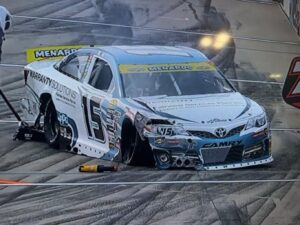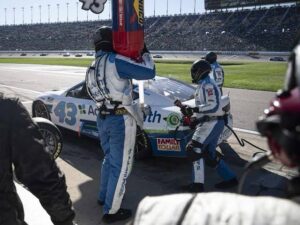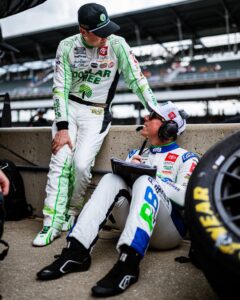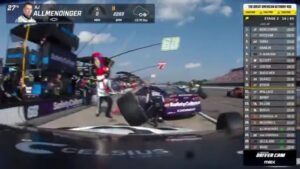NASCAR has long prided itself on being a motorsport deeply rooted in stock car racing—a tradition that once saw race cars closely resemble the production vehicles consumers could find in showrooms. However, the modern era of NASCAR has veered far from its origins, with fans and critics alike pointing out that the current generation of race cars shares little with their street-legal counterparts beyond branding and badging.

A Shift Away from “Stock” Cars
The term “stock car” originally referred to vehicles built directly from production models, with only minor modifications for safety and performance. In NASCAR’s early days, this connection between the track and the street created a tangible link for fans. Racing a Chevrolet Bel Air or a Ford Galaxie meant watching something similar to what was parked in the driveway.
Fast forward to today, and that connection has largely disappeared. The current NASCAR Next Gen cars feature standardized chassis, parts, and aerodynamics. While each manufacturer—Chevrolet, Toyota, and Ford—brands its cars with distinct names like Camaro, Camry, and Mustang, the resemblance to actual production models is skin deep at best.
“There’s nothing ‘Camaro’ about a NASCAR Camaro except the name,” one long-time fan lamented. “Same with the Camry and the Mustang. These haven’t been stock cars for years.”
Sponsorship Over Substance
For manufacturers, NASCAR is now more about branding and sponsorship than showcasing actual vehicle technology. Logos and decals provide a visual nod to the production models they represent, but under the hood, all Next Gen cars use the same 670-horsepower V8 engine, sequential gearbox, and rear-wheel-drive layout.

This uniformity helps control costs and ensures competitive parity among teams, but it has also stripped away much of the individuality that once defined the sport. Critics argue that this makes NASCAR less about the cars and more about the drivers, sponsors, and teams.
Why the Change?
Several factors have contributed to NASCAR’s evolution away from true stock cars:
1. Safety: The demands of high-speed racing necessitate robust safety features that production cars simply can’t provide. Standardized chassis and roll cages are essential for protecting drivers in the event of a crash.
2. Cost Control: Allowing teams to heavily modify production cars or use proprietary parts led to escalating costs. Standardizing components has leveled the playing field and made participation more affordable.
3. Parity: NASCAR’s focus on creating close, competitive racing means limiting the advantages any one manufacturer or team can achieve through car design.
Fans Miss the Connection
Despite the practical reasons behind these changes, many fans mourn the loss of the track-to-street connection. For decades, NASCAR’s slogan, “Win on Sunday, sell on Monday,” reflected the idea that race success could directly influence car sales. Today, that relationship feels tenuous at best.
“I used to cheer for my favorite car brand as much as the driver,” another fan shared. “Now, the cars are all the same—it’s just stickers and sponsorships.”
What Can Be Done?
While returning to fully stock cars is unrealistic, there are steps NASCAR could take to recapture some of the magic:
• Increased Manufacturer Involvement: Encouraging manufacturers to develop unique parts or technology for their NASCAR entries could bring back some individuality.
• Hybrid or Electric Innovation: Introducing elements from real-world production vehicles, such as hybrid or electric components, could modernize NASCAR while restoring a track-to-street connection.
• Heritage Races: Special events featuring modified production cars could pay homage to NASCAR’s roots and give fans a nostalgic taste of the past.
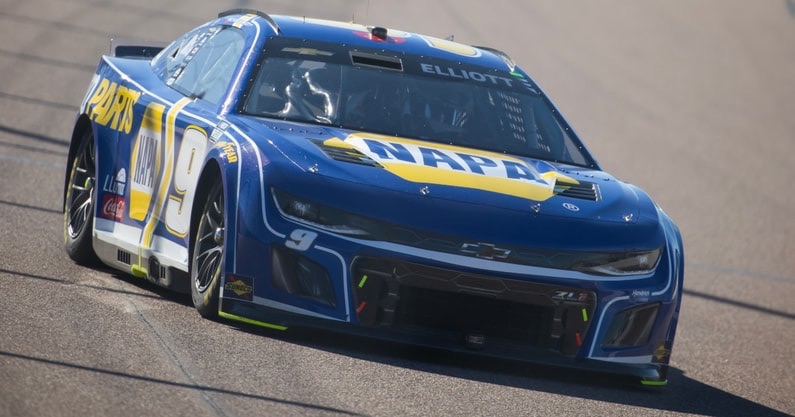
The Road Ahead
NASCAR’s current model prioritizes safety, cost-effectiveness, and competitive parity—worthy goals that have helped the sport thrive in a modern era. However, the disconnect between race cars and their street counterparts continues to be a sticking point for many fans.
As the sport looks to the future, balancing its rich history with modern demands could be the key to sustaining its appeal. While the days of true “stock cars” may be gone, there’s still an opportunity to honor that legacy in meaningful ways.
















